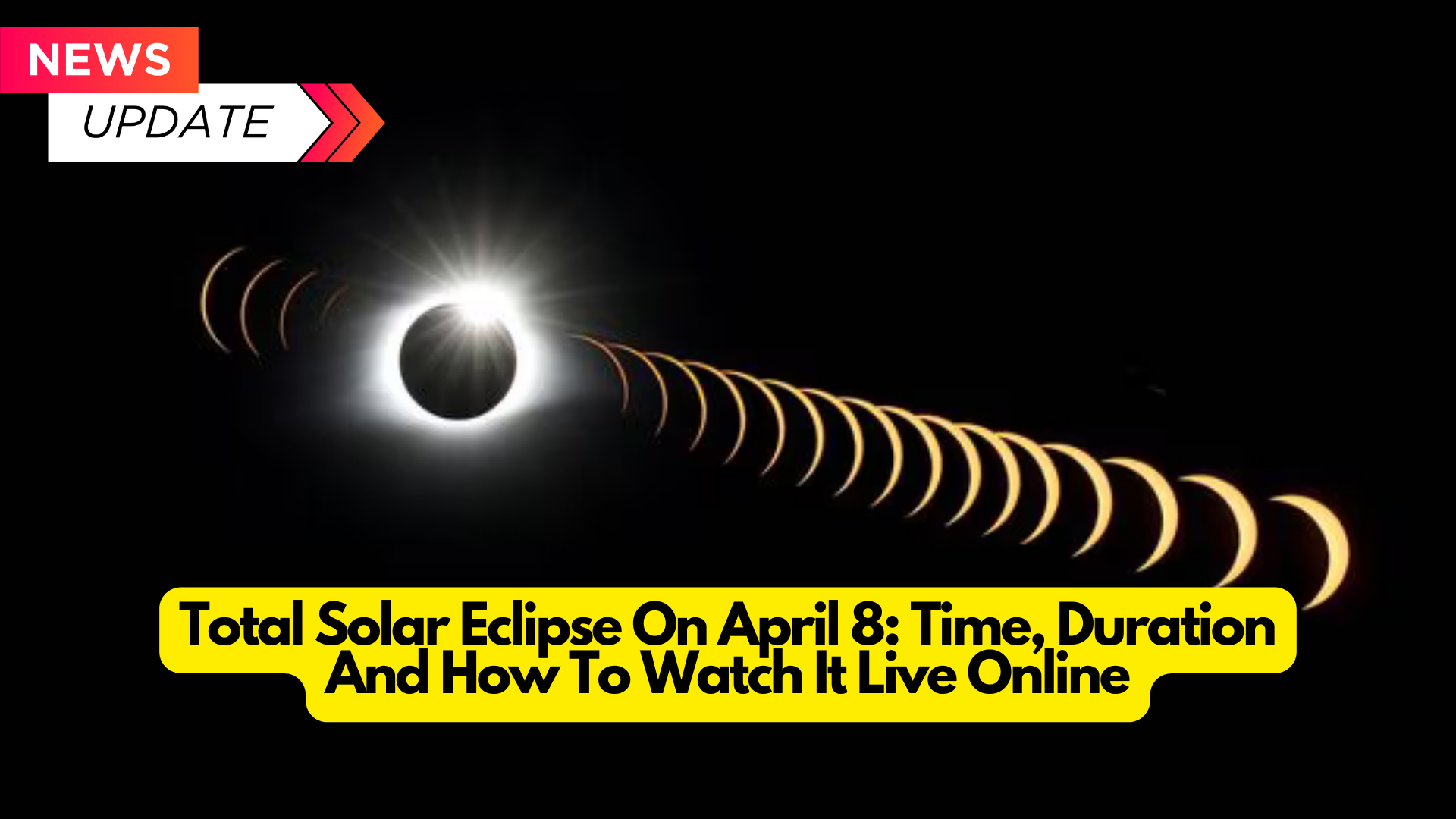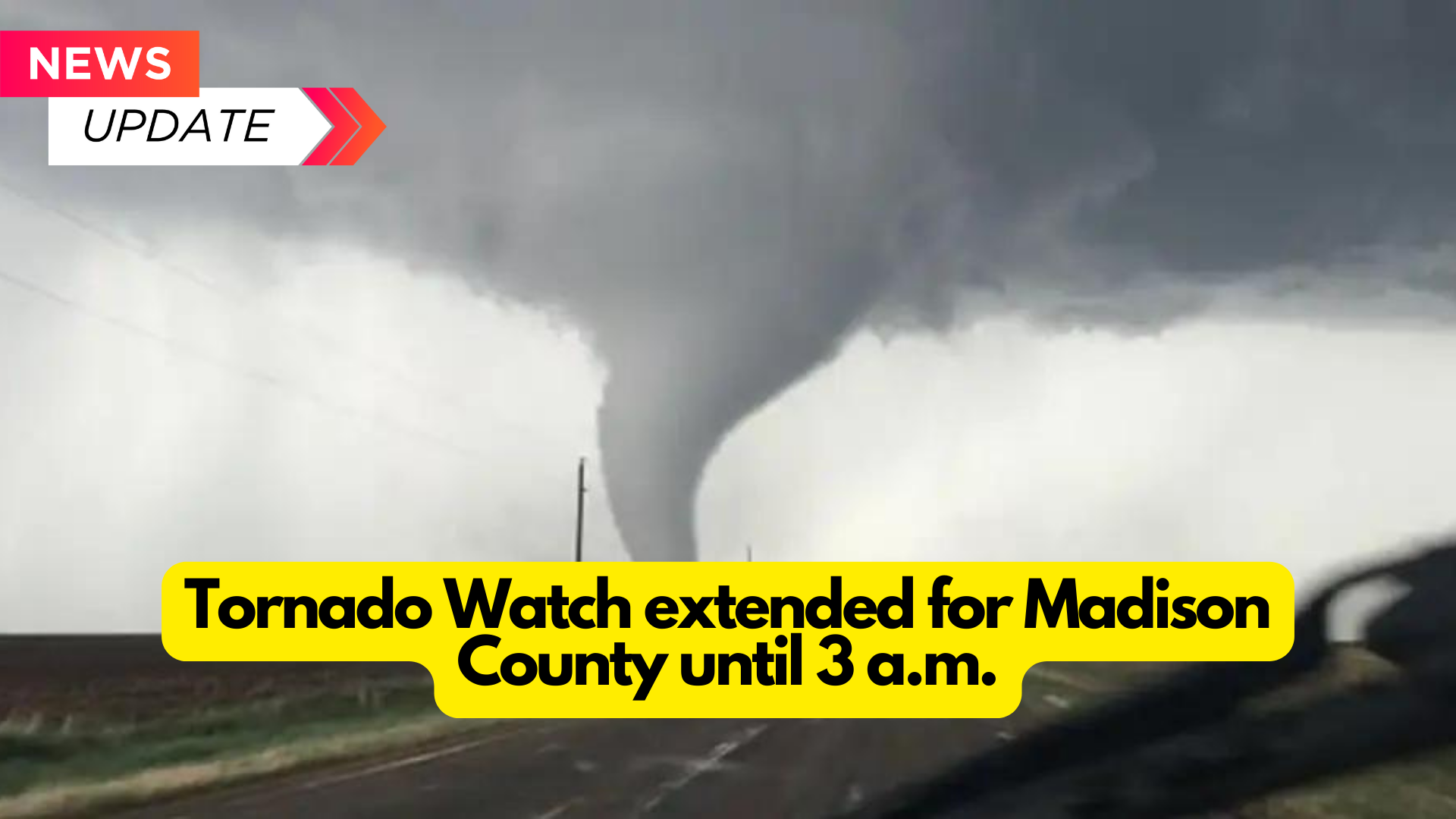Total Solar Eclipse 2024: A solar eclipse is an astronomical phenomenon in which the moon passes between the earth and the sun, blocking its light fully or partially.
An astronomical extravaganza is likely to enthrall skywatchers on April 8, when a complete solar eclipse will transform day into darkness over North America. Total eclipses are stunning and darken the sky, but they can only be seen from a few sites. This is why seeing an eclipse is frequently described as a once-in-a-lifetime event.
Table of Contents
ToggleWhat is a solar eclipse?
A solar eclipse is an astronomical phenomenon in which the moon passes between the earth and the sun, blocking the sun’s light completely or partially.
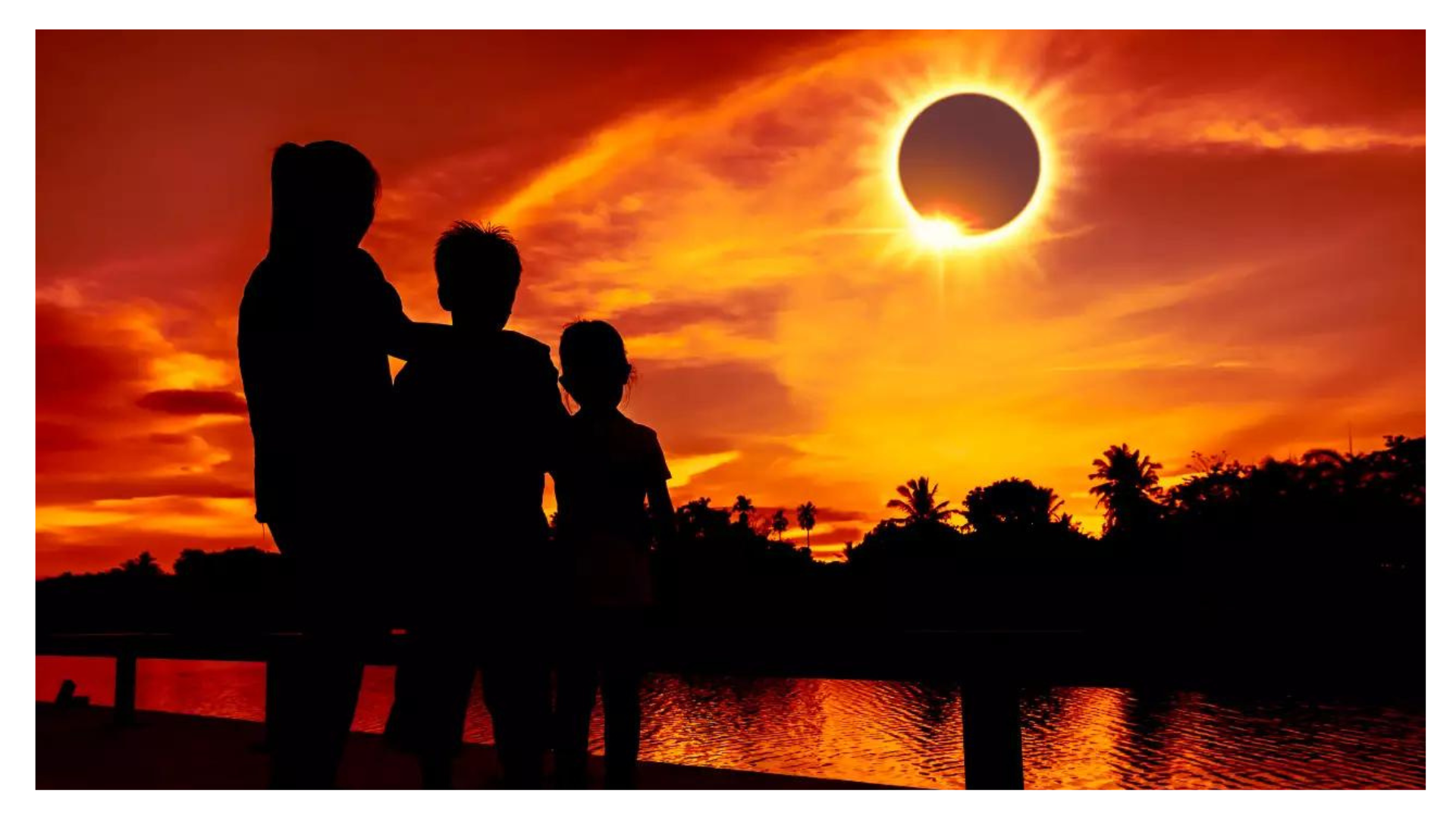
When the moon totally eclipses the sun, it throws a shadow on Earth, creating a “path of totality.”
This route is a small band that travels over the surface. People standing inside this ring can see a total solar eclipse if the weather and clouds coincide. The sky will darken as if it were day or dusk along the path of totality, where the Moon totally covers the Sun.
Unless they are on the path of totality, they will only observe a partial eclipse. The sky will look somewhat darker to them after the eclipse, depending on how much the Moon blocks the Sun in their position.
Total Solar Eclipse Date and Timing:
The complete solar eclipse of 2024 will take place on April 8. The entire darkening of the sky, commonly known as totality, will be visible throughout a 185-kilometer area between Mexico, the United States and Canada. It will be shown in up to 18 different states in the United States. However, it will not be visible to skywatchers in India.
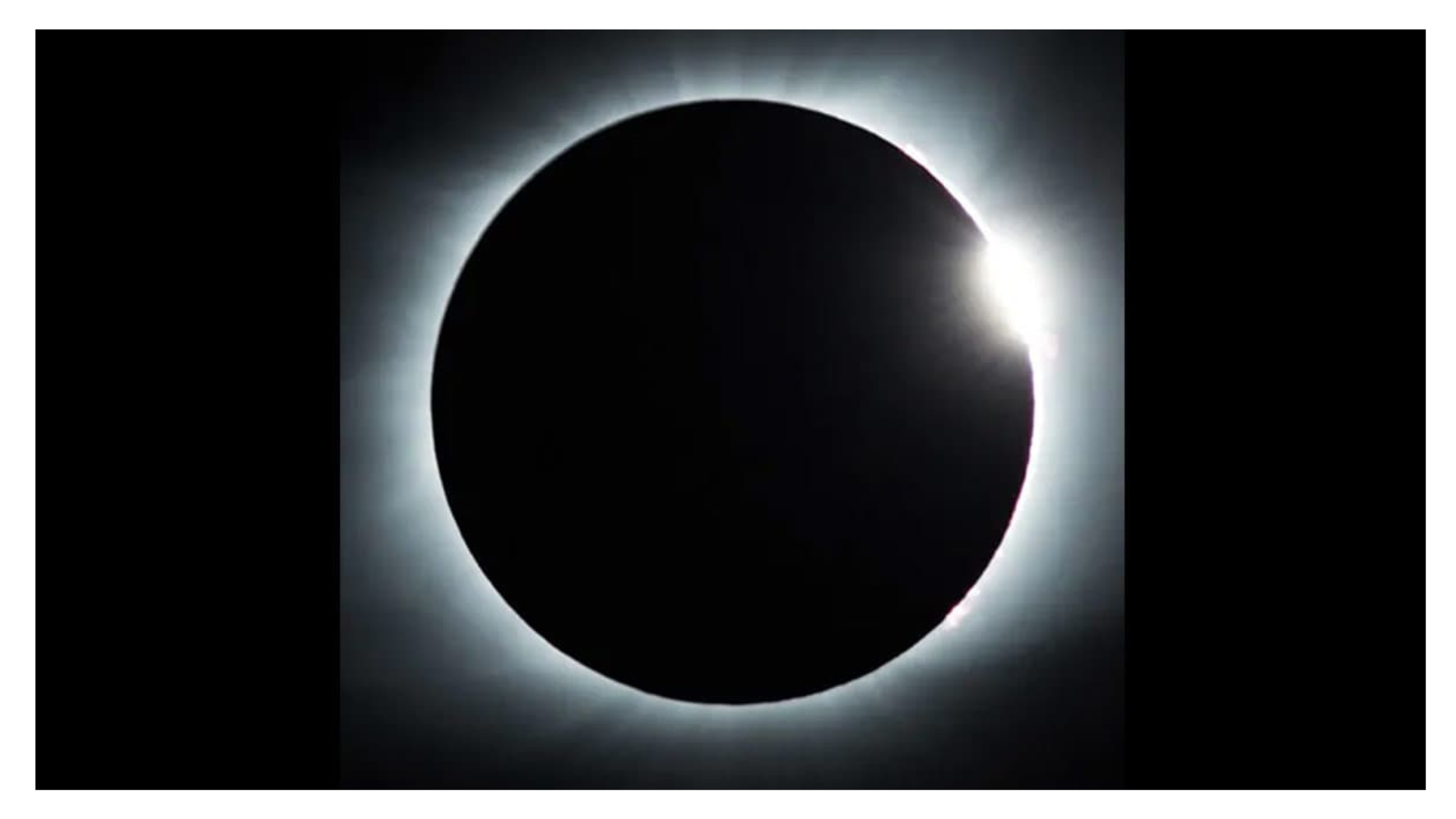
According to Indian Standard Time (IST), the complete solar eclipse will begin at 9:12 p.m. on April 8, total at 10:08 p.m., and terminate at 2:22 a.m. on April 9, 2024. Totality will initially occur on the Pacific coast of Mexico at 11:07 a.m. PDT, and it will exit Maine about 1:30 p.m. PDT.
Total Solar Eclipse Duration
The entire spectacle will last around two and a half hours, although totality will last only about four minutes. According to NASA, the peak spectacle is likely to endure up to 4 minutes and 27 seconds along the path of complete darkness.
“The duration of totality will be up to 4 minutes and 27 seconds, almost double that of The Great American Eclipse of August 21, 2017,” according to Great American Eclipse. Most sites along the centerline (path of totality) will experience totality for 3.5 to 4 minutes.
How can I view the eclipse safely?
The sun’s surface is so brilliant that staring at any part of it, no matter how little, causes enough light to harm individual retinal cells. Skygazers throughout the world have been encouraged to wear protective eyewear, such as approved eclipse glasses, during the partial phases. Failure to do so might burn your retinas, resulting in lasting damage or even blindness.
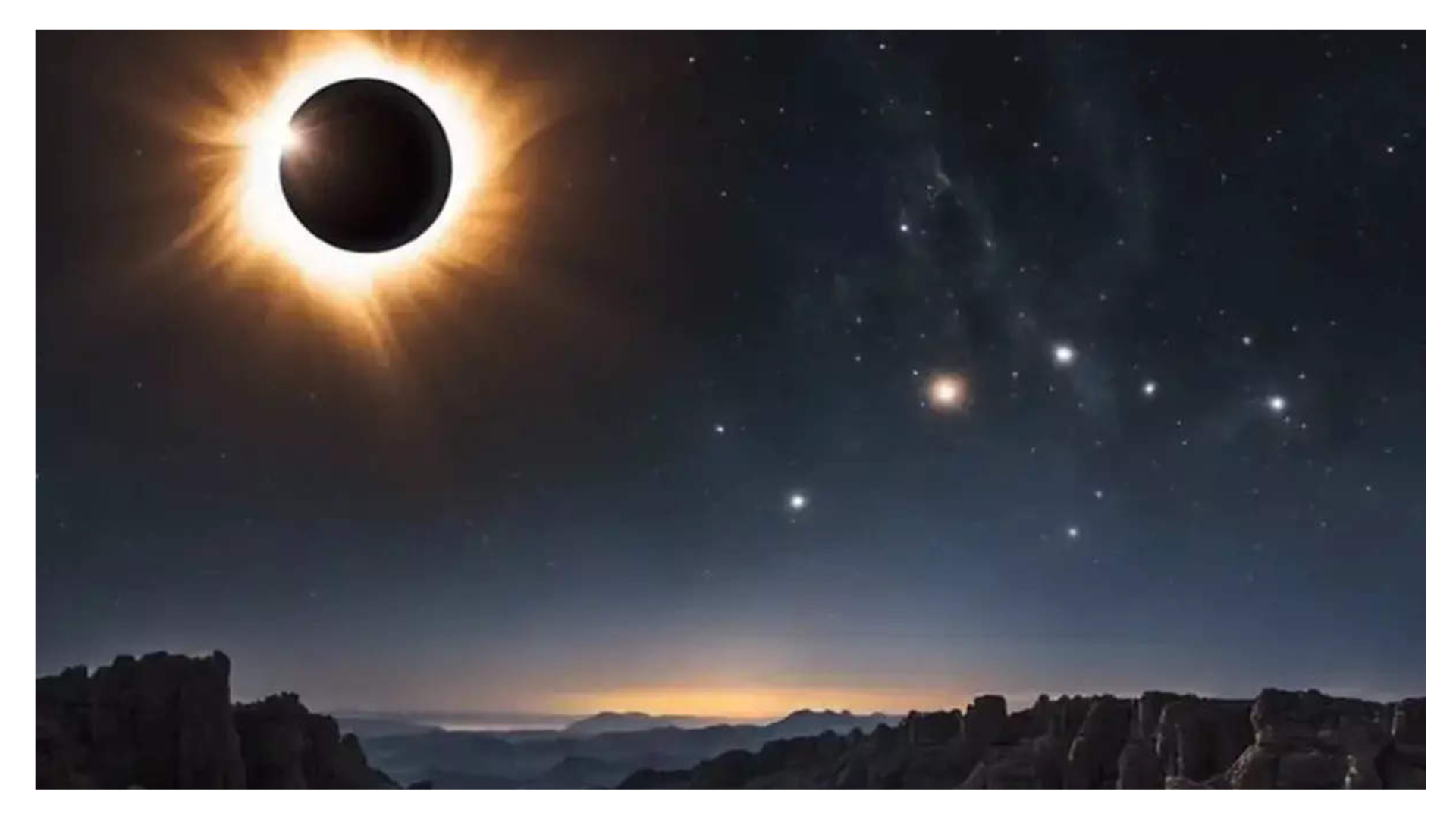
Total Solar Eclipse: How Can You Watch It Online?
If you are unable to attend the solar eclipse in person, you may watch it online via NASA’s live feed. The space agency will begin its live webcast on April 8 at 5:00 p.m. GMT (10:30 p.m. IST) and run until 8:00 p.m. GMT (1:30 a.m.
During the webcast, NASA will also share chats with experts and provide telescopic views of the eclipse from several locations along its route.
You may also watch the live broadcast offered by the McDonald Observatory in Texas. Timeanddate.com, a skywatching website, will also live broadcast the complete solar eclipse on April 8 at 4:30 GMT (10:00 IST) on its YouTube channel.
